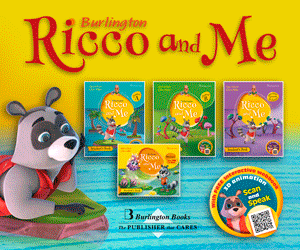Working with ELT Materials – Peter Beech
About the author: Peter Beech is Director of Anglo-Hellenic Teacher Training
Part four – adapting coursebooks
In our previous article, we looked at issues to consider when evaluating coursebooks. An effective evaluation will ensure that the books which you choose to adopt are suitable for your students, but they still won’t fully meet all of your students’ needs. In order to maximize the effectiveness of your lessons, you should think of the published materials as being a basis providing raw material for the lessons, and adapt this material in various ways.

Forms of adaptation
One practical reason for adapting the coursebook is to ensure that you have the right amount of material for the length of each class period, and also for the total length of the course over the school year. This can be achieved on the one hand by extending activities or adding extra ones, or on the other hand by shortening some activities or omitting some completely. Supplementing the material in the book may also bring several other benefits.
However recent your coursebook is, it still won’t be completely up-to-date with the latest trends, so you might find that a lesson on popular music or current fashion can be made much more interesting by adding material from other sources, such as the current issue of a popular magazine. Topics in the lessons can be adapted to your students’ interests so that they will find them more engaging, and can also be localized to relate to places, people and events that the students are familiar with. Increased variety of material can also add more choice and promote student autonomy.
Supplementing the coursebook with materials from other sources can also enable you to adjust the balance of work on the different skills, for example by adding more listening material. Most coursebook packages contain only two or three hours of listening material for a whole year, so it’s very useful to add to this, particularly with authentic materials or activities that combine listening with speaking. Pronunciation is another area that tends to be neglected in coursebooks and that you might want to give more emphasis. And although most courses provide plenty of work on grammar, they don’t necessarily focus on the grammar topics that your students struggle with, so some supplementary grammar activities can be helpful.

Many of the adaptations that we make are simple changes to the format and presentation of the materials. By presenting activities in ways that are more visually attractive, we make the lesson more memorable and enjoyable. It’s important to cater for all learning styles, particularly through adding in kinaesthetic activities that tend to be neglected in the books. Simple adaptations to the format can make activities more workable, or promote pair- and group-work. They can be used to vary the level of difficulty in the activities, which can be helpful in catering for the different needs in a mixed ability class.

Flexibility
Authors and publishers are forced to make several compromises in trying to produce materials that appeal to as many teachers and students as possible in a global market. However good their materials are, they can never be a perfect match for your students, as the authors don’t know your students. This means that we should be flexible in the way we use the coursebooks, and treat them as an outline on which we can base our lesson plans rather than a script that we must follow slavishly. One of the compromises that authors make is to try to design materials in such a way that they provide sufficient support and guidance for novice teachers while allowing more experienced teachers to exercise their own skill and judgment. In choosing materials, consider the amount of flexibility they provide, and in using them, try to develop your own creativity. Remember also that there are many resources available beyond the coursebook, and we’ll start looking at these in our next article.




